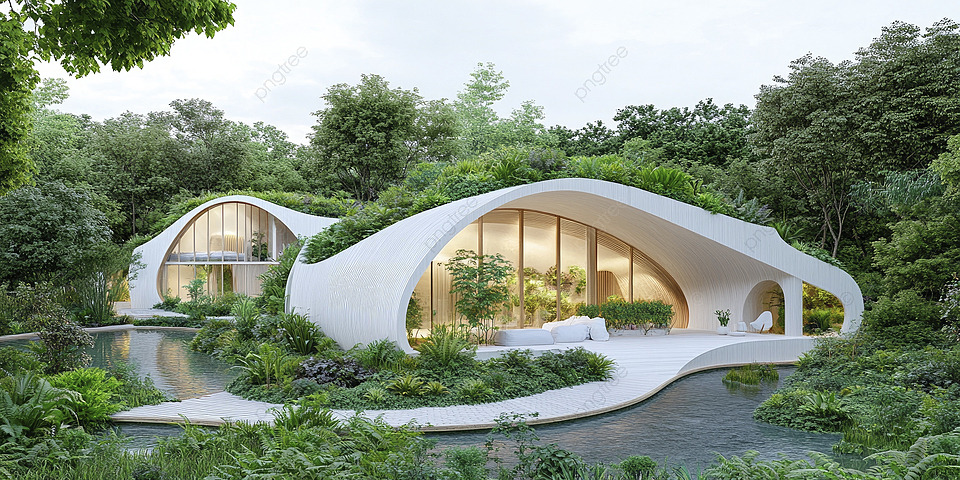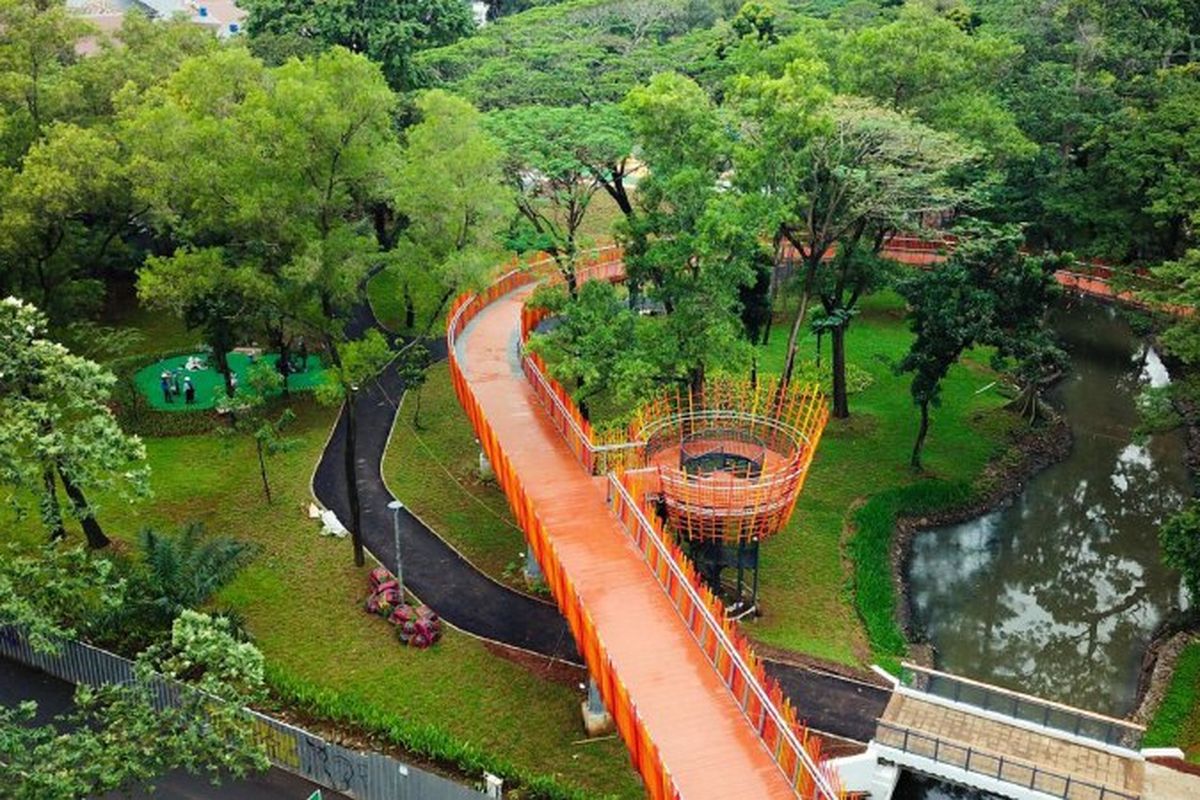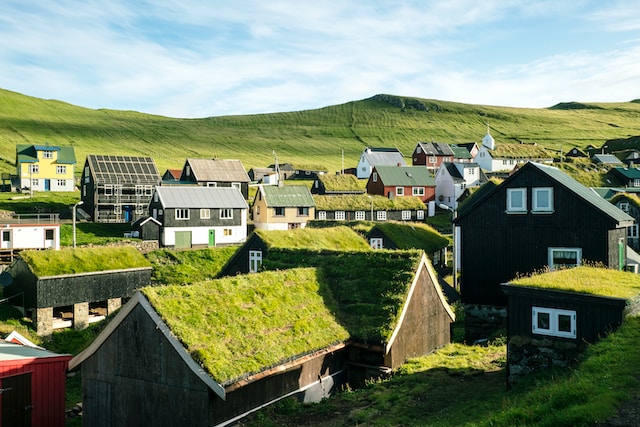The first time I walked into a well-designed green home Residences, I noticed something different right away—it just felt better. There was natural light everywhere, the air was fresh, and the space had this quiet efficiency that made me wonder: Why don’t all homes feel like this?
Whether you’re building from the ground up or upgrading your current space, adding green home features is one of the smartest choices you can make. Not only are you helping the environment—you’re also saving money and creating a healthier living space.
Let’s break down what makes a home truly eco-friendly, and how you can bring those features into your life, one step at a time.
🌱 What Is a Green Home?

A green home is designed or upgraded with energy efficiency, resource conservation, and environmental sustainability in mind. It goes beyond just adding solar panels—it’s about creating a space that:
-
Uses less energy and water
-
Minimizes waste
-
Improves indoor air quality
-
Supports long-term, sustainable living
The goal is simple: reduce your footprint while improving your comfort.
🏡 Essential Green Home Features (You Can Actually Use)
Here are the top features that make the biggest difference when it comes to building or remodeling a greener home:
🌞 1. Solar Panels and Renewable Energy Systems
Let’s start with the obvious: solar panels. They’re one of the most effective ways to reduce your reliance on fossil fuels—and they can cut your energy bills dramatically.
✅ Bonus: Many countries offer tax incentives and rebates for installing solar.
Other options include:
-
Solar water heaters
-
Wind turbines (if zoning and location allow)
-
Battery storage systems for energy independence
🧱 2. High-Performance Insulation and Windows
A well-insulated home is a green home. Why? Because heat loss = wasted energy = higher bills.
Key features:
-
Spray foam or cellulose insulation in walls and attics
-
Energy-efficient windows (double or triple-pane, low-E coating)
-
Weatherstripping and sealed air leaks around doors and vents
This reduces the strain on your HVAC system—and keeps your indoor temperature more stable year-round.
💡 3. LED Lighting and Smart Controls
Lighting can account for a large portion of energy use—but with LED bulbs, you get the same brightness for a fraction of the power.
Even better?
-
Smart lighting systems that turn off when not in use
-
Motion sensors for hallways, bathrooms, or outdoor lights
-
Timers or apps to automate your schedule
Simple upgrades, big impact.
🚿 4. Water-Saving Fixtures and Greywater Systems
Water efficiency is a major part of green living. You can start small or go all-in.
Essentials:
-
Low-flow toilets and showerheads
-
Faucet aerators to reduce waste
-
Greywater systems that reuse shower and sink water for landscape irrigation
-
Rain barrels to collect water for gardens
It’s amazing how fast the savings (and conservation) add up.
🌿 5. Sustainable Materials and Non-Toxic Finishes
What your home is made of matters too—both for the planet and for your health.
Look for:
-
Bamboo or cork flooring (renewable and stylish)
-
Reclaimed wood for cabinets, walls, or furniture
-
Low-VOC paints, adhesives, and sealants
-
Locally sourced materials to reduce transportation emissions
Sustainable doesn’t mean boring—it often looks and feels better, too.
🌀 6. Energy-Efficient Appliances and Systems
Appliances have come a long way—and newer models use way less energy and water.
Look for:
-
ENERGY STAR–rated appliances
-
Smart thermostats (like Nest or Ecobee)
-
High-efficiency HVAC systems
-
Induction cooktops for safer, cleaner cooking
Tip: Upgrade gradually as older appliances wear out—no need to replace everything at once.
🍃 7. Indoor Air Quality and Ventilation
Air inside the home can be 2–5x more polluted than outdoors, especially in sealed, energy-efficient homes.
To stay healthy:
-
Use HEPA filters in HVAC systems
-
Add houseplants that purify the air
-
Install a heat recovery ventilator (HRV) for fresh air flow
-
Avoid products with harsh chemicals and synthetic fragrances
A green home should feel fresh and breathable, every day.
🌍 Why Go Green at Home?
Besides saving energy, reducing bills, and protecting the environment, green homes offer some powerful personal benefits:
✅ You gain:
-
Lower utility bills
-
Higher resale value
-
Healthier indoor air
-
Greater comfort year-round
-
Peace of mind that you’re making a difference
It’s not about being perfect—it’s about doing better where you can.
🛠 Tips for Getting Started (Even on a Budget)
You don’t need a complete renovation to start living greener. Try this:
-
Switch to LED bulbs this week
-
Install a smart thermostat next month
-
Upgrade to low-flow showerheads when you can
-
Seal up drafty windows and doors
-
Start composting food scraps in the backyard or balcony
Green living is a journey, and every step helps.
✅ Final Thoughts: Design That Gives Back
A green home doesn’t just protect the environment—it improves your life, room by room. Whether you’re building from scratch or making slow, steady upgrades, each eco-friendly decision brings you closer to a space that’s efficient, comfortable, and sustainable.
So the next time you flip a switch, adjust the thermostat, or turn on the tap—ask yourself: Is there a greener way to do this?
Chances are, the answer is yes.




